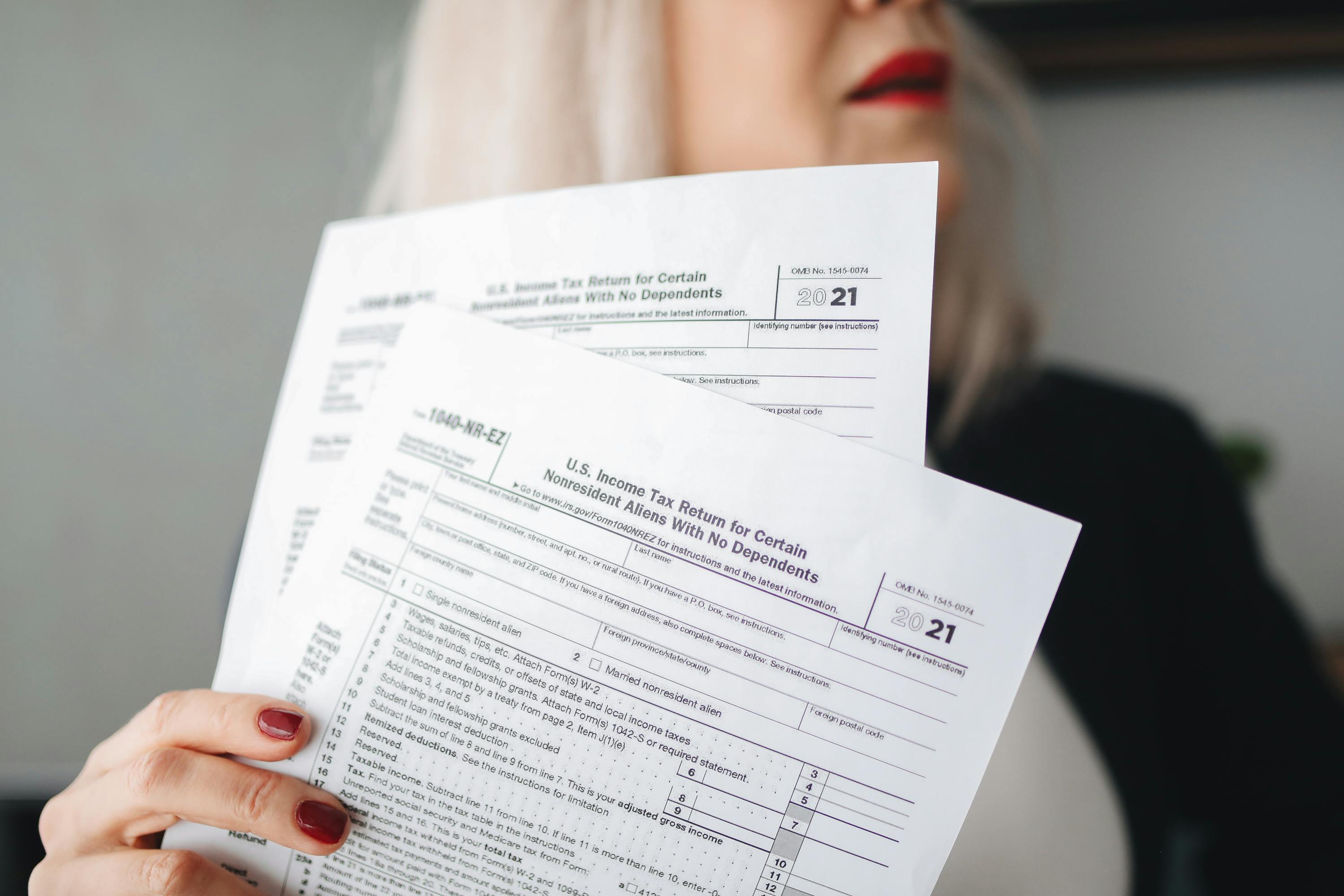Key Takeaways
- The plan administrator, not HR, manages the 401(k) payout process.
- The beneficiary form determines who inherits; it overrides the will.
- Most 401(k)s transfer outside of probate, but missing beneficiaries can cause delays.
- Spouses can often roll over funds into their own account; others must use an inherited IRA.
- Families should keep copies of all correspondence and verify tax implications before withdrawing funds.
A 401(k) can be one of the most significant financial assets someone leaves behind. Yet, many families don’t know where to start once a loved one passes, who to contact, what paperwork to expect, or how to claim the money.
This guide breaks down exactly how the 401(k) process works after death, step by step, and highlights where families often get stuck. So, if you have authority to act, you can move through the process with more clarity and confidence.
{{blog-cta-checklist-small}}
Step 1: Reporting the Death
The process usually starts with the family or executor contacting the employer’s HR or benefits department. HR confirms the death with a certified copy of the death certificate and then notifies the plan administrator—the financial company that manages the account, such as Fidelity, Vanguard, or Empower.
If you know which company holds the 401(k), you can also contact them directly. They’ll confirm what documentation is needed and begin their verification process.
Step 2: Verifying the Beneficiary
Once the plan administrator receives notice, they locate the beneficiary designation form on file. This document decides who inherits the account and always takes priority over what’s written in the will.
If a beneficiary is listed, that person will be contacted directly. If no one is listed, the 401(k) typically goes to the spouse by default. If the person wasn’t married, it usually becomes part of the estate, which means the account must pass through probate before it can be distributed.
Step 3: Filing the Claim
The beneficiary receives a claim packet or secure online link from the plan administrator. They’ll need to submit:
- A certified copy of the death certificate
- Proof of identity, such as a driver’s license or Social Security number
- Relationship documentation, if requested
- Bank account information for payment or rollover
The plan administrator will also ask how the beneficiary wants to receive the funds. This could be as a lump-sum payment, a rollover into an inherited IRA, or installments over time.
Step 4: Processing and Payout
After the paperwork is submitted, the plan administrator reviews and approves the claim. Once processed, the funds are released based on the payout method chosen.
Most families receive the money within four to twelve weeks. If the funds are rolled into an IRA, the transfer is made directly to the receiving financial institution.
Step 5: Taxes and Reporting
401(k) distributions are reported on Form 1099-R, which the beneficiary receives the following January.
Traditional 401(k) funds are taxed as income when withdrawn. Roth 401(k) funds are typically tax-free, provided the account has met certain holding requirements.
Spouses can roll the funds into their own retirement account, which helps delay taxes until withdrawal. Non-spouse beneficiaries must move the funds into an inherited IRA and usually withdraw the balance within ten years under federal law.
Step 6: Where Families Get Stuck
Many families run into the same challenges:
- They aren’t aware that a 401(k) exists, especially from an old employer.
- The beneficiary form is missing or outdated, sometimes still naming an ex-spouse.
- The employer has merged or closed, making it hard to find the plan administrator.
- Tax rules for rollovers and withdrawals are unclear.
If you’re not sure who manages the plan, you can look it up using the Department of Labor’s Form 5500 search tool, which lists plan providers by employer.
Step 7: How Elayne Can Help
At Elayne, we guide families through these moments. While we can’t file claims directly, our platform helps you identify the right plan administrator, prepare letters and documents, and track every step of the process.
We also provide reminders for important deadlines, like follow-ups after 30 days or tax form due dates, so nothing slips through the cracks.
Final Thoughts
A 401(k) represents years of effort and planning. Knowing how to handle it after a death ensures those savings continue to support the people they were meant for.
With the right information and a few organized steps, the process becomes less intimidating, and more like what it truly is: a way to honor your loved one’s hard work and legacy.
{{blog-cta-checklist-large}}
FAQs
1. Does a 401(k) go through probate?
Usually not. If a beneficiary is named, the account transfers directly. It only goes through probate if no beneficiary exists.
2. Who should I contact first?
Start with the employer’s HR department or the plan administrator (such as Fidelity or Vanguard).
3. Are 401(k) funds taxable to beneficiaries?
Yes, unless they’re rolled over into another qualified account. Roth 401(k)s are generally tax-free.
4. How long does the process take?
Typically four to twelve weeks, depending on the plan and how quickly documents are submitted.
5. Can Elayne help me locate an old 401(k)?
Yes. Elayne can help identify potential plan administrators, prepare contact letters, and provide a checklist of required documents.
*Disclaimer: This article is for informational purposes only and does not provide legal, medical, financial, or tax advice. Please consult with a licensed professional to address your specific situation.


















































